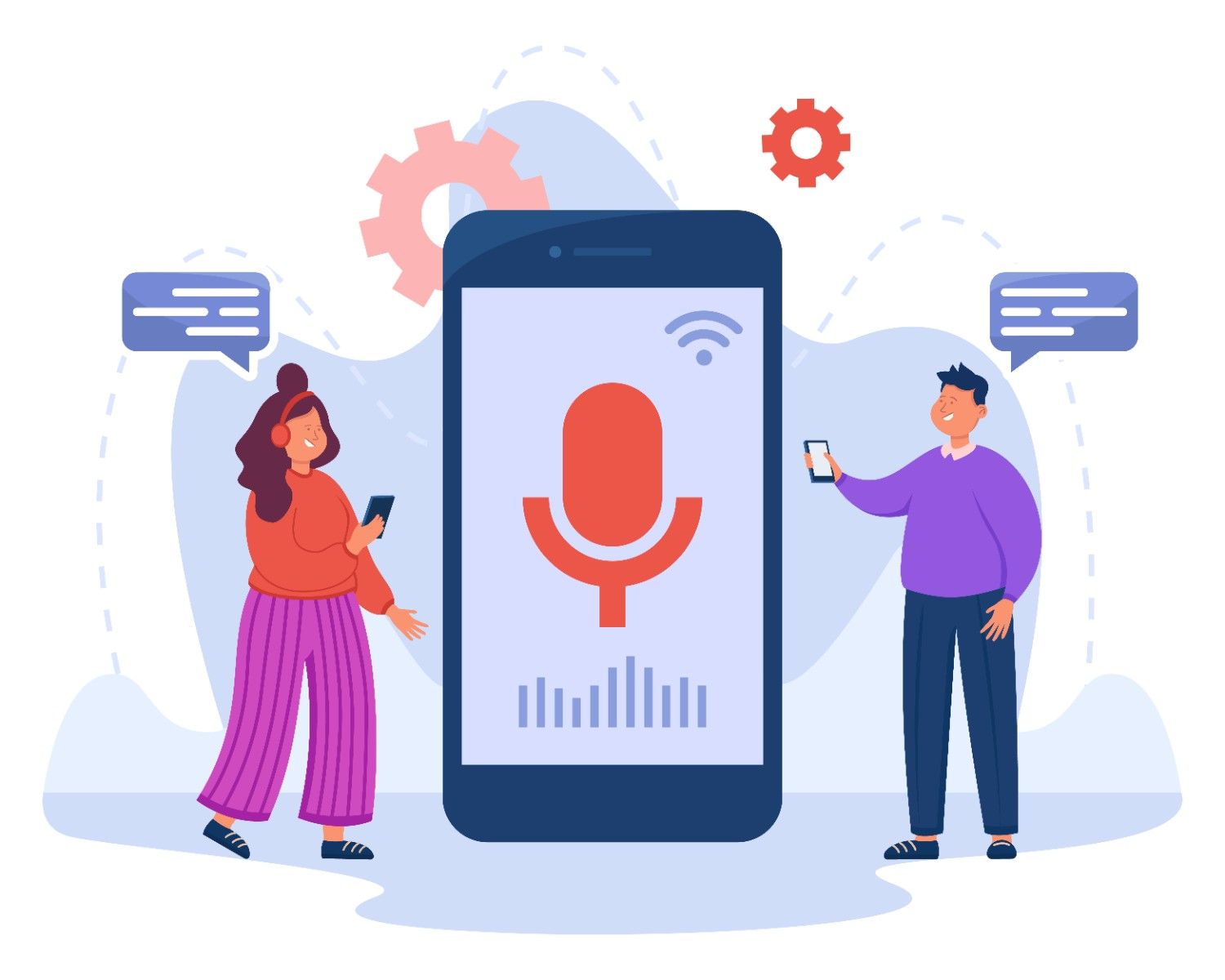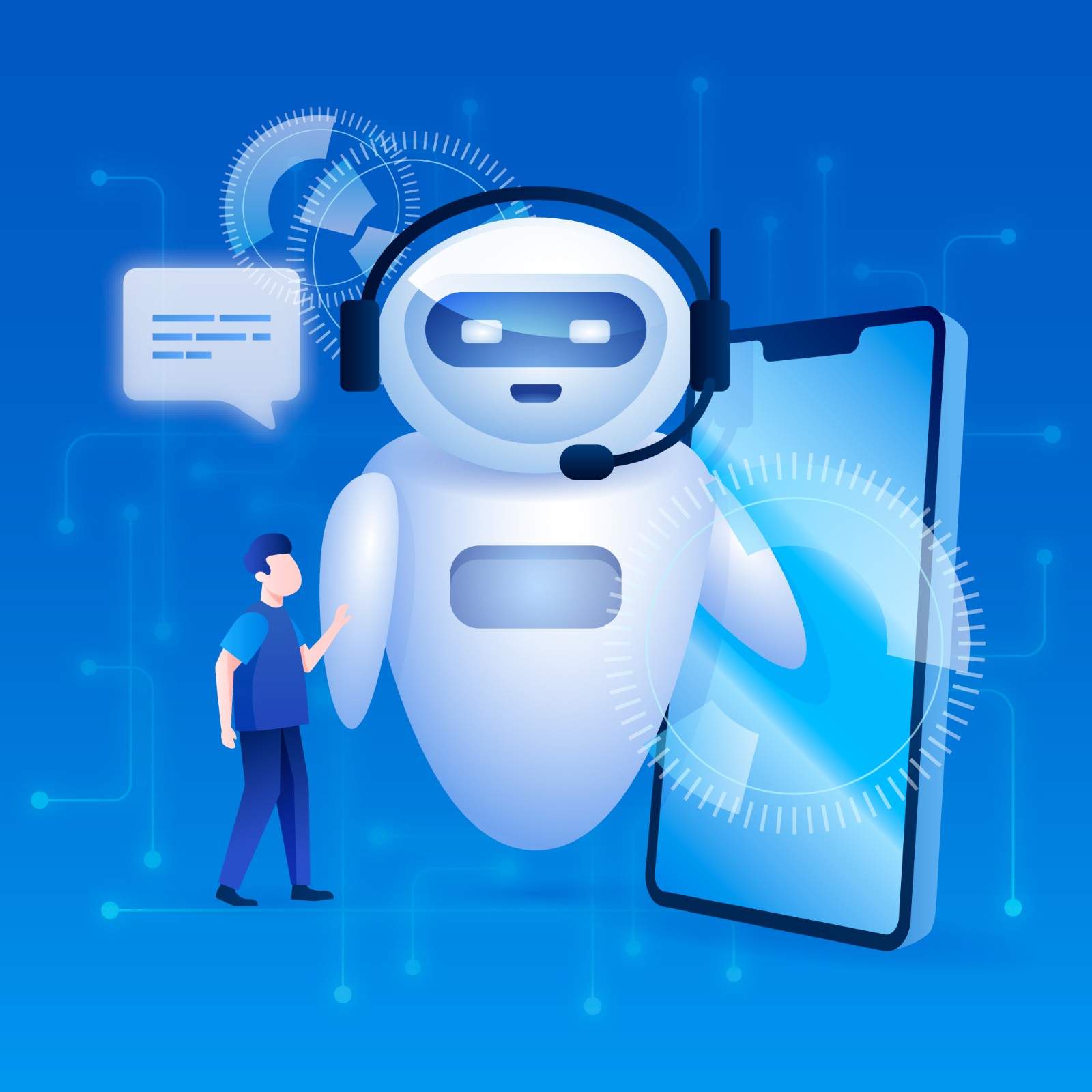Here’s something most businesses don’t realize yet: voice technology has quietly become one of the most powerful tools for creating truly accessible web applications. And honestly? It’s about time.
While everyone’s been obsessing over the latest design trends and flashy animations, a growing number of web application solutions in Coimbatore and other tech hubs have started focusing on something far more meaningful—making their applications actually usable by everyone.
The shift isn’t just about being politically correct or checking accessibility boxes. It’s smart business. When you build voice capabilities into your web applications, you’re not just helping users with disabilities (though that’s incredibly important). You’re creating better experiences for everyone.
Why Voice Technology Matters More Than You Think
Let’s talk numbers for a second. More than 61 million adults in the United States live with a disability. That’s roughly 1 in 4 people. Now, think about your current web application. How many of these potential users are you accidentally excluding? 
Traditional web interfaces can be frustrating nightmares for people with motor disabilities. Try navigating a complex dropdown menu when you can’t use a mouse properly. Or imagine trying to fill out a lengthy form when typing causes physical pain.
But here’s where it gets interesting—voice isn’t just solving accessibility problems. It’s making applications faster and more intuitive for everyone. Ever tried to search for something on your phone while your hands are full? Voice search saves the day. Need to update inventory numbers while you’re walking through a warehouse? Voice commands beat fumbling with a tablet.
Smart web and mobile application development services providers have caught onto this trend. They’re building voice capabilities not as an afterthought, but as a core feature that enhances the entire user experience.
The Technical Reality (It’s Not as Scary as You Think)
Here’s what surprised me when I first dove into voice integration: modern browsers have gotten really good at this stuff. The Web Speech API isn’t some experimental feature anymore—it’s solid, reliable technology that works across most devices.
But—and this is important—implementation matters tremendously. You can’t just slap voice recognition onto an existing interface and call it done. The best voice-enabled applications feel completely natural, like having a conversation with a knowledgeable assistant rather than barking commands at a computer.
A competent web app design company understands this distinction. They design voice interactions from the ground up, considering how people actually speak versus how they type or click.
Think about it: when you’re typing, you might search for “red shoes size 8.” When you’re speaking, you say, “I need red shoes in size 8, something comfortable for walking.” The input method completely changes how users express their needs.
Where Voice Integration Really Shines
E-commerce is probably the most obvious winner here. Voice shopping isn’t just convenient—it’s often faster than traditional browsing. Customers can describe what they want in natural language, ask follow-up questions, and complete purchases without touching their keyboard.
But some industries are seeing even more dramatic improvements. Healthcare applications, for instance, have embraced voice technology like nowhere else. Doctors can update patient records while maintaining eye contact during consultations. Nurses can access medication information without leaving a patient’s bedside. The efficiency gains are remarkable.
Financial services have been slower to adopt voice (understandably—security concerns), but the web and mobile application development company clients I’ve worked with in fintech are starting to see major opportunities. Voice biometrics can actually enhance security while simplifying user interactions.
Customer service platforms represent another huge opportunity. Instead of forcing customers through phone tree hell, voice-enabled web applications can handle routine inquiries naturally and efficiently.
The SaaS Angle (This Is Where Things Get Really Interesting)
If you’re running a SaaS business, voice integration might be your next competitive differentiator. Here’s why: most SaaS applications involve repetitive tasks that voice can dramatically streamline.
Data entry becomes infinitely faster when users can simply speak their information. Report generation can happen through natural conversation rather than clicking through multiple screens. Administrative tasks that used to require dedicated time blocks can now happen while users multitask.

I’ve seen saas app development company teams achieve significant user satisfaction improvements just by adding voice shortcuts to their most common workflows. Users don’t have to learn complex keyboard shortcuts or memorize navigation patterns—they just say what they want to accomplish.
The onboarding experience improves dramatically too. Instead of overwhelming new users with tutorial videos and documentation, voice-guided setup can walk them through initial configuration conversationally.
Real Challenges (Because Nothing’s Ever Perfect)
Let’s be honest about the obstacles. Voice recognition still struggles with accents, background noise, and technical terminology. Network latency can create awkward pauses between commands and responses. Some users simply prefer visual interfaces and find voice interaction uncomfortable.
Privacy concerns are legitimate. Many users feel uneasy about applications that constantly listen for voice commands. Building trust requires transparent data handling and clear control over when voice features are active.
Cross-platform consistency presents another challenge. A custom web app developer needs to ensure voice commands work similarly across desktop browsers, mobile apps, and different operating systems. The technical complexity multiplies quickly.
But here’s the thing—these challenges are solvable. Smart caching reduces latency issues. Noise cancellation algorithms keep improving. User education helps with adoption. The technology is mature enough that most obstacles have known solutions.
Mobile Integration: Getting the Details Right
Mobile devices offer unique advantages for voice-enabled web applications. Built-in voice assistants provide familiar interaction patterns. Location awareness enables context-sensitive commands. The intimate nature of mobile usage makes voice feel more natural.
The trick is maintaining consistency across platforms while leveraging each device’s unique capabilities. Users should feel confident that voice commands work similarly whether they’re on their laptop or smartphone, but the implementation can take advantage of mobile-specific features when available.
What’s Coming Next
Artificial intelligence is making voice interactions increasingly sophisticated. Applications are getting better at understanding context, handling follow-up questions, and maintaining conversation state across multiple interactions. 
Edge computing is reducing latency by processing simple voice commands locally. This development is particularly important for applications that need real-time responses or operate in areas with unreliable internet connectivity.
The really exciting development? Emotional intelligence in voice interfaces. Applications that can detect frustration, confusion, or satisfaction in users’ voices can adapt their responses accordingly. Customer service applications are already experimenting with this capability.
Measuring Success in Voice-Enabled Applications
Traditional web analytics miss most voice interaction data. Page views and click-through rates become less meaningful when users accomplish tasks through speech. New metrics focus on command success rates, conversation completion, and user satisfaction with voice interactions.
A/B testing requires different approaches too. Instead of testing button colors or form layouts, you’re testing conversation flows, command phrasing, and response timing. The methodology shifts toward natural language variation rather than visual interface elements.
Frequently Asked Questions
Q: How much does it cost to add voice capabilities to an existing web application?
A: The investment varies significantly based on your application’s complexity and the voice features you want to implement. Basic voice commands using browser APIs can be relatively affordable, while sophisticated natural language processing requires more substantial development effort. Most web and mobile application development services can provide cost estimates after reviewing your specific requirements and existing architecture.
Q: Will voice features work for users with strong accents or non-native English speakers?
A: Modern voice recognition has improved dramatically with accent handling, though some variation in accuracy still exists. The key is implementing robust error handling and providing alternative input methods. Many applications now support multiple languages and can be trained to better recognize specific accent patterns. A professional web app design company will test voice features with diverse user groups to ensure broad accessibility.
Q: How do you handle privacy concerns with voice-enabled applications?
A: Privacy is absolutely crucial for voice applications. Best practices include local processing when possible, clear visual indicators when the application is listening, easy ways to disable voice features, and transparent data handling policies. Users should always know when voice data is being recorded, how it’s processed, and how long it’s retained. Many successful implementations use push-to-talk rather than always-listening approaches to address privacy concerns.



